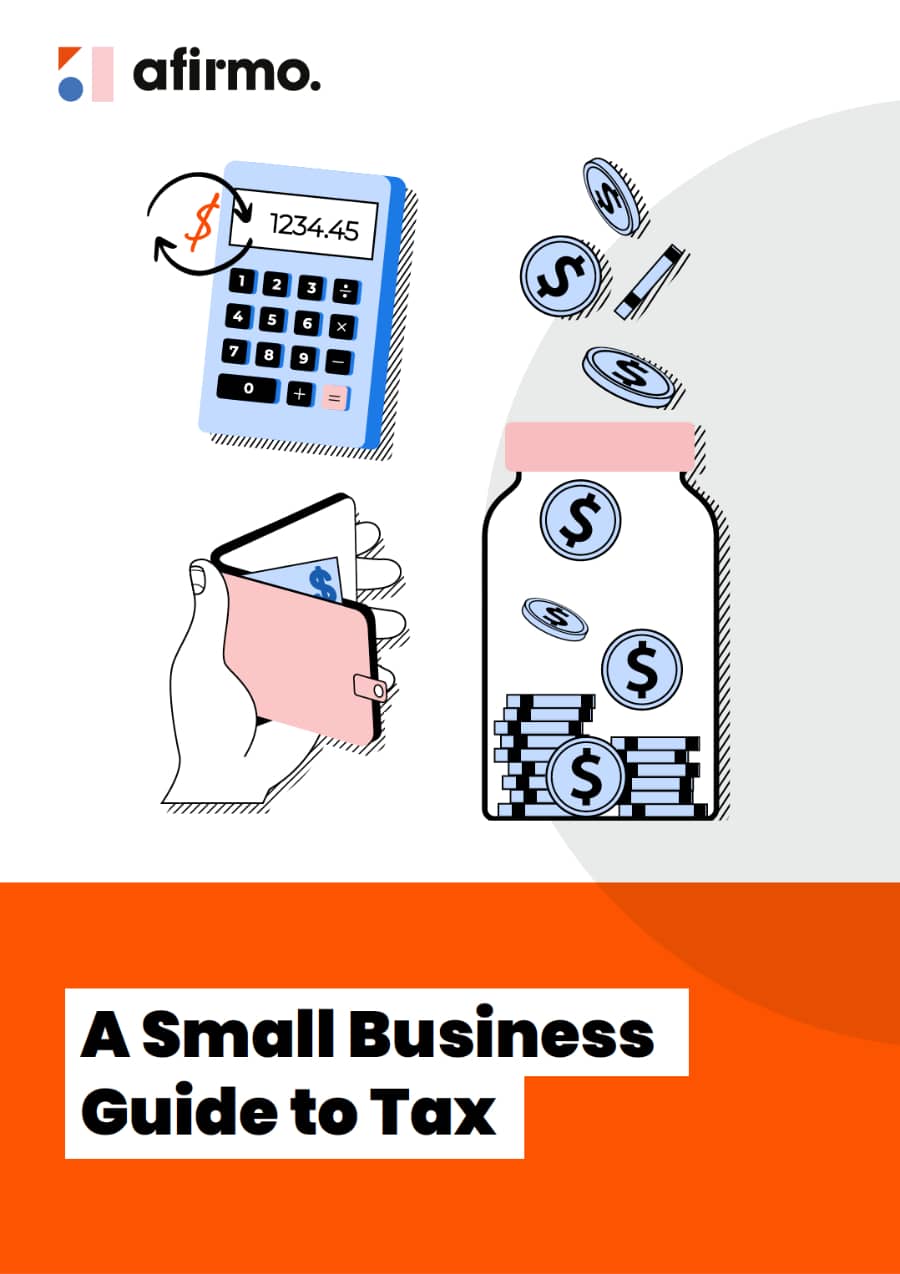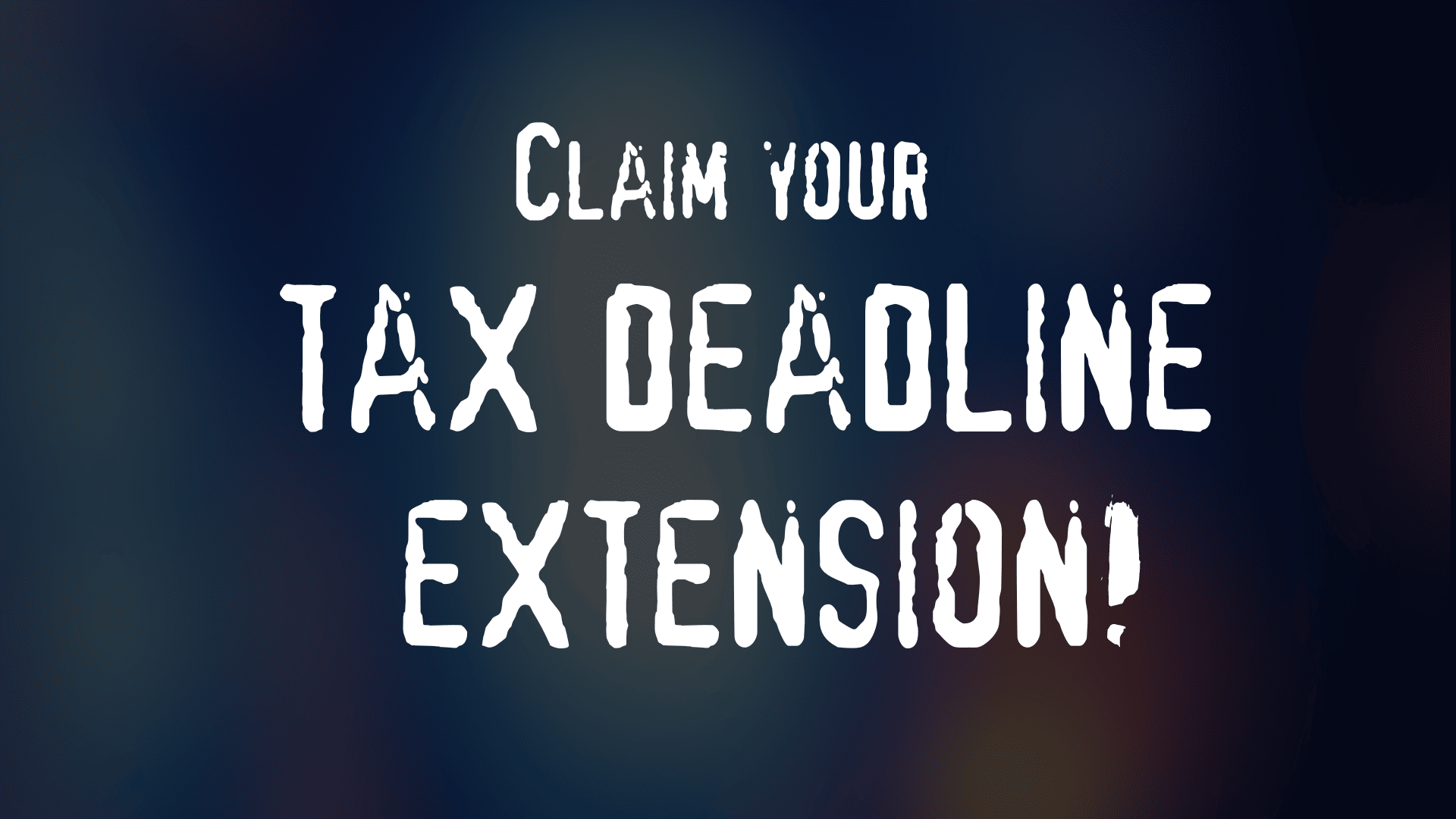Income tax and provisional tax
In New Zealand all individuals and companies pay tax on their income or profit.
Provisional tax is a way of paying income tax in advance instalments during the year, based on your expected annual income. It’s usually required if you paid more than $5,000 in income tax the year before.
Setting tax money aside as you earn
When you’re starting out, it’s important to put money aside for income tax as you earn money. This can also help avoid a common problem people run into in their first year of paying provisional tax. The catch is that your first provisional tax advance instalment will overlap with the income tax payment due for the previous year, which can put stress on your cash flow.
Schedular payments for contractors
If you work as a contractor through a labour hire company or recruitment agency, those organisations have to take tax from what they pay you and send it to Inland Revenue on your behalf. These are known as schedular payments. Most other contractors can also choose to have schedular payments made on their behalf, if the organisation paying them agrees to do it. Contractors can choose their schedular payment rate. It’s just a way to pay tax as you earn – a bit like employee PAYE – and avoid a large tax bill at the end of the year.
GST
You have to register for GST and start filing GST returns with Inland Revenue as soon as you think you’ll earn more than $60,000 in the next 12 months. Otherwise, registering for GST is optional.
How often you file GST returns and make payments depends on your annual income. If it’s less than $500,000 a year you can choose to file monthly, every two months or every six months. It usually comes down to how much work is involved for you and not letting it build up for too long. Using Afirmo can make managing GST and filing returns really easy.
If you register for GST and file returns, you have to keep records for up to seven years in case Inland Revenue wants to audit your returns.
To help you add GST to any price or remove it to get back to the excluding GST amount, Afirmo created a handy GST calculator. The page it’s on also has more detail about managing GST in New Zealand.
Fringe benefit tax
A business pays fringe benefit tax (FBT) when it provides something of personal benefit (a perk) to an employee or shareholder employee and the benefit provided has not already been taxed.
As mentioned earlier, common examples include:
- Private use of a vehicle owned by the business
- Financial contributions towards insurance premiums or gym memberships
- Discounted goods or services, such as making your products available at staff rates
- Low interest loans
For clarity, here are some employee benefits that are normally already taxed, which means they don’t attract FBT.
- Wages or salary payments
- Allowances
- Cash bonuses
- Compulsory KiwiSaver employer contributions
FBT is calculated on what the benefit to the employee cost. For private use of a business-owned vehicle for example, that means a portion of the vehicle’s ownership cost based on the time it’s available for personal use. In other words, it’s what it would have cost the employee to have the vehicle available to them as though it was their own. That’s what the business is effectively giving the employee, so that’s the amount the business pays FBT on.
FBT returns are filed quarterly, unless you meet the criteria and apply for either annual or income year returns. FBT payments are made at the same time you file the return.
The Inland Revenue website has more on fringe benefit tax (FBT).
If you’re ever unsure about FBT, it pays to get professional advice as soon as possible. If it turns out you should have been paying FBT for a while, your payments will be backdated to when they should have begun. That can add up to a large sum if you’re not careful.
It’s also important to get advice before providing an employee with something that attracts FBT. It may well be cheaper for the business to simply pay them more instead.
ACC levies
ACC levies are based on income and the type of work you do. There are three types:
- Work levy – paid by a business or sole trader, it covers claims for work-related injuries
- Earners’ levy – paid by a sole trader or deducted by an employer from employees’ wages, it covers claims for injuries that are not work-related
- Working safer levy – paid by a business or sole trader to ACC, who pass it to MBIE to support WorkSafe NZ activities
ACC sends business owners and self-employed people an estimated invoice for their levies once a year. Then there’s an adjustment invoice/refund based on your actual annual income from your end-of-year tax return. If you’re just starting out it’s important to set money aside for ACC levies. You can work out an estimate using ACC’s online levy calculator.
KiwiSaver related taxes
Here’s a quick summary of how tax works with KiwiSaver in New Zealand:
- An individual’s percentage KiwiSaver contributions (you can choose to pay 3%, 4%, 6%, 8% or 10%) are based on their pay before tax is deducted, but they still pay tax on their full earnings. So, if you earn $100 and you’re on the minimum three percent KiwiSaver contribution level, three dollars goes to your KiwiSaver fund and you pay tax on the full $100.
- Employer contributions are also taxed, so an individual may not see the full employer contribution appearing in their KiwiSaver account.
- An individual’s KiwiSaver investment earnings are taxed and this is managed by their fund provider on behalf of Inland Revenue.
- When someone withdraws money from their KiwiSaver account it is not taxed.
PAYE
Employers deduct PAYE (pay as you earn) tax from each employee’s pay and forward the deductions to Inland Revenue. The deductions are based on each employee’s tax code and income.
As an employer you have to provide Inland Revenue with details of starting and leaving employees. You also have to file their pay details every payday. Inland Revenue has online PAYE calculators you can use, but you also need to know the rules around things that are taxed differently, like lump sum payments.
PAYE makes tax payments easy for employees, but adds quite a bit of admin for employers. However, some accounting software packages allow direct payday filing, which can make a big difference. Employers also make other deductions on Inland Revenue’s behalf, such as student loan and child support payments.
Check out our helpful PAYE calculator.
ESCT
As mentioned earlier, employer superannuation contribution tax (ESCT) is the tax an employer deducts, on Inland Revenue’s behalf, from cash contributions they make to an employee’s superannuation account, such as KiwiSaver.
For KiwiSaver, the minimum contribution an employer must make is three percent of each employee’s pay before tax. An employer can choose to contribute more. Employer’s contributions are then taxed at each employee’s ESCT rate, which depends on the employee’s annual income.
Articles in the Small Business Guide to Tax series
- A small business owner’s introduction to tax
- Choosing a business structure
- The main small business taxes and levies
- Maintaining business records for tax purposes
- Small Business tax registration requirements
- Small Business Tax types in more detail
- Tax payment due dates
- Tax forms and when to file them
- How to get money out of your company



